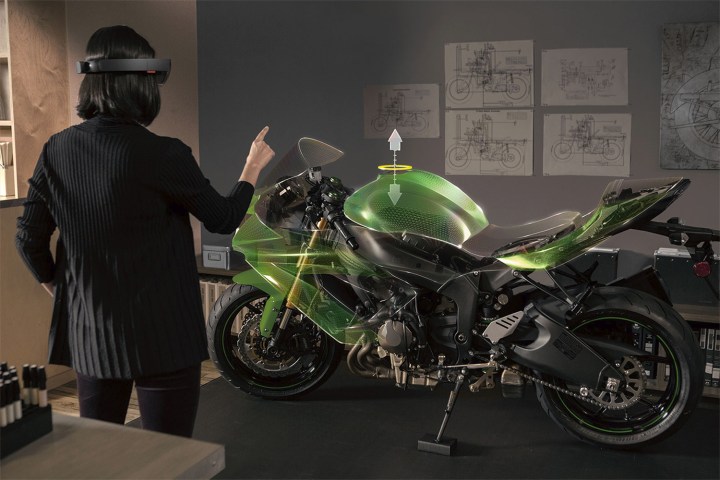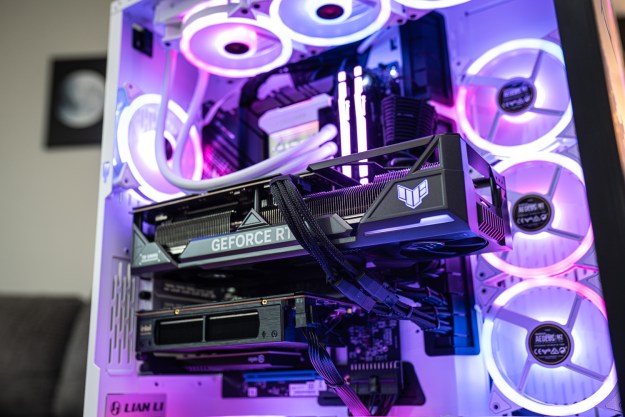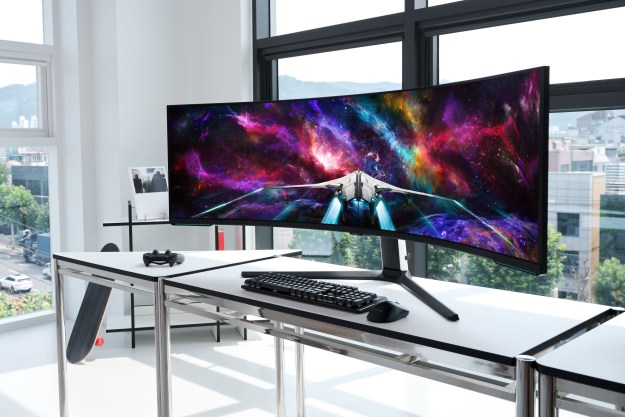
That means any Windows 10 PC will be able to hook up to a HoloLens — or, in theory, other devices that support Windows Holographic — and immediately work. That’s an important step forward. While the HoloLens is currently available, it’s very much a development kit. Users must install specific software to make it work, and apps aren’t easy to come by. Windows Holographic will change that.
Like VR headsets, Windows Holographic will require a PC with a certain amount of heft to run correctly. Intel and Microsoft will work together to develop a standard set of system requirements, so users know whether they can take part in the fun. They did show the Skull Canyon NUC as an example of a compatible computer, so devices without a dedicated graphics chip may not be left out in the cold (which makes sense, given Intel’s love of its own integrated graphics hardware). The final specifications of the standard will be announced in December of 2016.
You won’t have to wait long to find out more about Windows Holographic. Development kits have been in engineers’ hands for months now, and a mid-2017 release means Insiders may put hands on it before the end of the year. Microsoft already announced the HTC Vive as a supported device, thanks to the 720p webcam in the front.
We have one in the Digital Trends office, so expect a hands-on with the next generation of operating systems as soon as it’s available.


